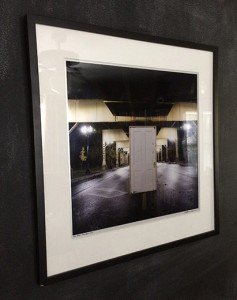
 When you hear the word Art, what comes to mind?
When you hear the word Art, what comes to mind?
Breathtaking visuals? Personal interpretation? A search for meaning that leads to that desirable human sensation we call a warm fuzzy?
What about “Web Design”? Does the design in web design conjure up a similar emotional response?
To the people and companies that own results-driven websites, “Absolutely not”. If you’re thinking “Yes”, or “Maybe” — this blog is for you.
Don’t get me wrong. A website’s aesthetics plays a big role in a website. However, personal artistic tastes and warm fuzzies have no relevance when designing a website.
 Web design is NOT Art. And here’s why.
Web design is NOT Art. And here’s why.
Design is polarizing because it’s sometimes misunderstood
In my 15 years of helping clients design websites, I’ve never seen another word have such an impact on a working relationship.
Design is emotional. Design is personal. And that’s OK — when design is understood.
I believe web design is often misunderstood because it’s confused as Art. Rather than a meticulous process of calculated micro decisions backed by qualitative and quantitative data, it’s sometimes viewed as though it were an acrylic painting hanging over a couch.
Have you ever interacted with a painting?
Bare with me. I realize this is an obscure example, but it’ll help illustrate my position.
Think of any piece of Art hanging in the place you call home. When’s the last time you took it off the nail, touched it, and expected feedback to help solve a problem?
 Never, right? (Please say never.)
Never, right? (Please say never.)
Yes, good Art is powerful and motivational. But, Art — for the average person — hangs, decorates and beautifies a home, apartment or office.
Though there’s plenty of mental interaction (“Gosh, this painting reminds me of…”), there’s no physical interaction (“When I touch here, I’ll expect…”).
Now we’re getting to the core difference between Art and web design.
 Interaction.
Interaction.
When people start interacting with computers, things get messy.
Web design is not decoration (because people need to use a website to do something)
A website comes with the fundamental understanding that people will use it.
For a website to be a website, it requires human interactions such as:
- searching
- clicking
- tapping
- reading
- scrolling
Furthermore, these interactions exist to solve a problem ultimately. We can precisely measure if web design does its job. With Art, we can’t because of its subjectiveness.









